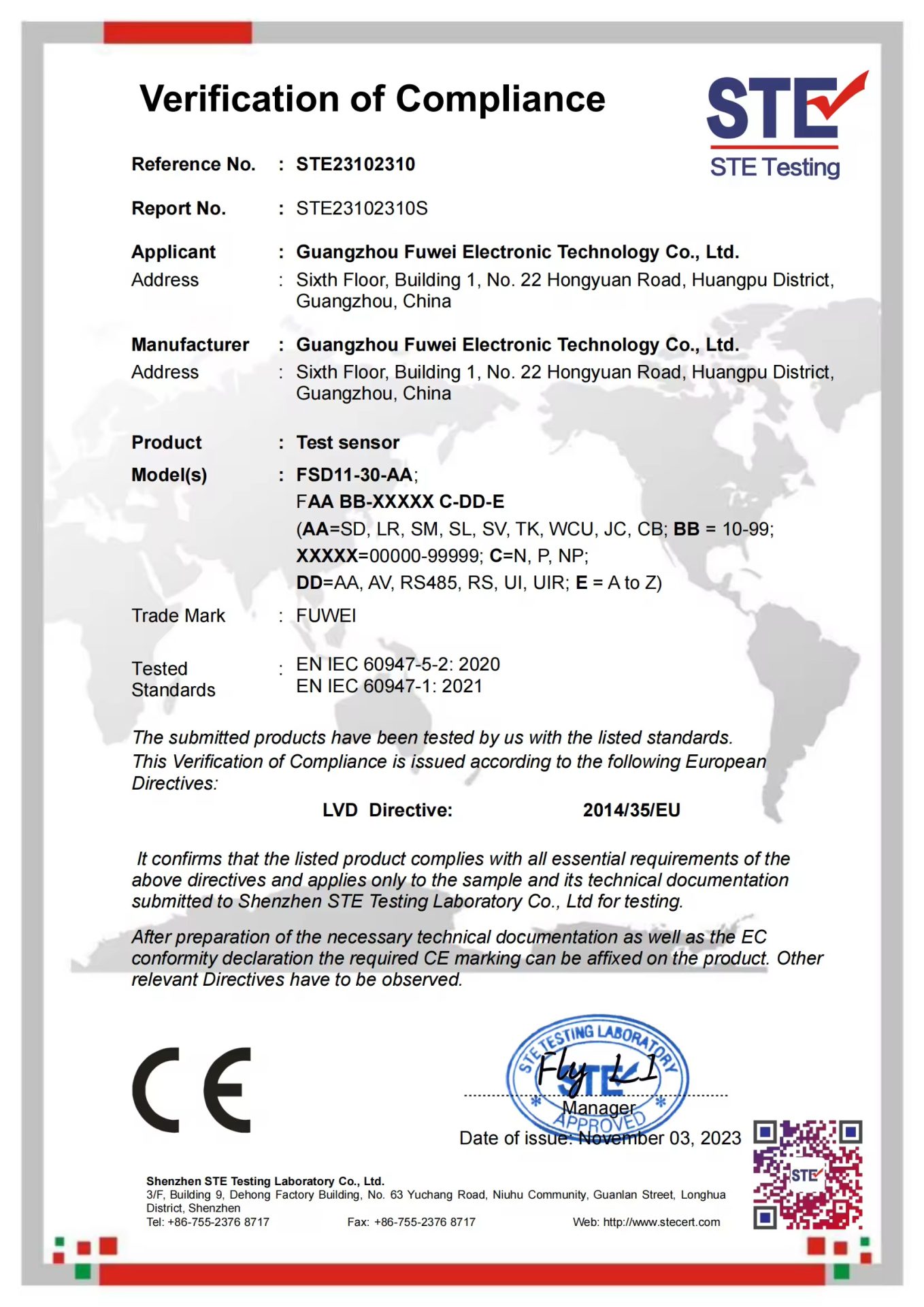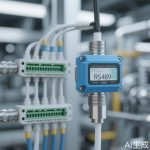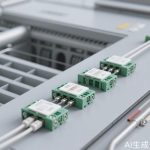In the fast-paced world of industrial automation and process control, precision and reliability are non-negotiable. Enter RS485 pressure sensors—a game-changing technology that has redefined how industries monitor and manage pressure in critical applications. These sensors combine the accuracy of advanced pressure measurement with the robustness of the RS485 communication protocol, making them indispensable in environments where data integrity and long-distance transmission are paramount.
RS485 pressure sensors are designed to operate seamlessly in harsh conditions, from manufacturing floors to remote oil and gas facilities. Their ability to resist electromagnetic interference and maintain signal integrity over distances of up to 1,200 meters sets them apart from other sensor types. This makes them ideal for applications where multiple devices need to communicate on a single network, such as in building automation, water treatment plants, and energy management systems.
One of the standout features of RS485 pressure sensors is their versatility. They can be integrated into existing networks with ease, thanks to the RS485 protocol’s support for multi-point connections. This allows for real-time monitoring and control of pressure levels across vast industrial setups, ensuring operational efficiency and preventing costly downtime. Whether you’re measuring hydraulic systems, pneumatic controls, or liquid levels, these sensors deliver consistent, high-accuracy data that engineers and operators can trust.
Beyond their technical prowess, RS485 pressure sensors are built for durability. Many models come with ruggedized housings, corrosion-resistant materials, and IP ratings that safeguard against dust, moisture, and extreme temperatures. This resilience translates to longer lifespans and reduced maintenance costs, providing a significant return on investment for businesses that prioritize reliability and uptime.
Moreover, the adoption of RS485 pressure sensors aligns with the growing trend toward Industry 4.0 and the Internet of Things (IoT). Their compatibility with modern data acquisition systems and PLCs enables seamless integration into smart factories and automated processes. By leveraging these sensors, companies can harness actionable insights, predict maintenance needs, and optimize their operations for peak performance.
In conclusion, RS485 pressure sensors represent a critical advancement in industrial sensing technology. Their combination of accuracy, durability, and communication capabilities makes them a top choice for professionals seeking to enhance their monitoring systems. As industries continue to evolve, investing in reliable solutions like RS485 pressure sensors will be key to staying competitive and achieving long-term success.




Leave a Message